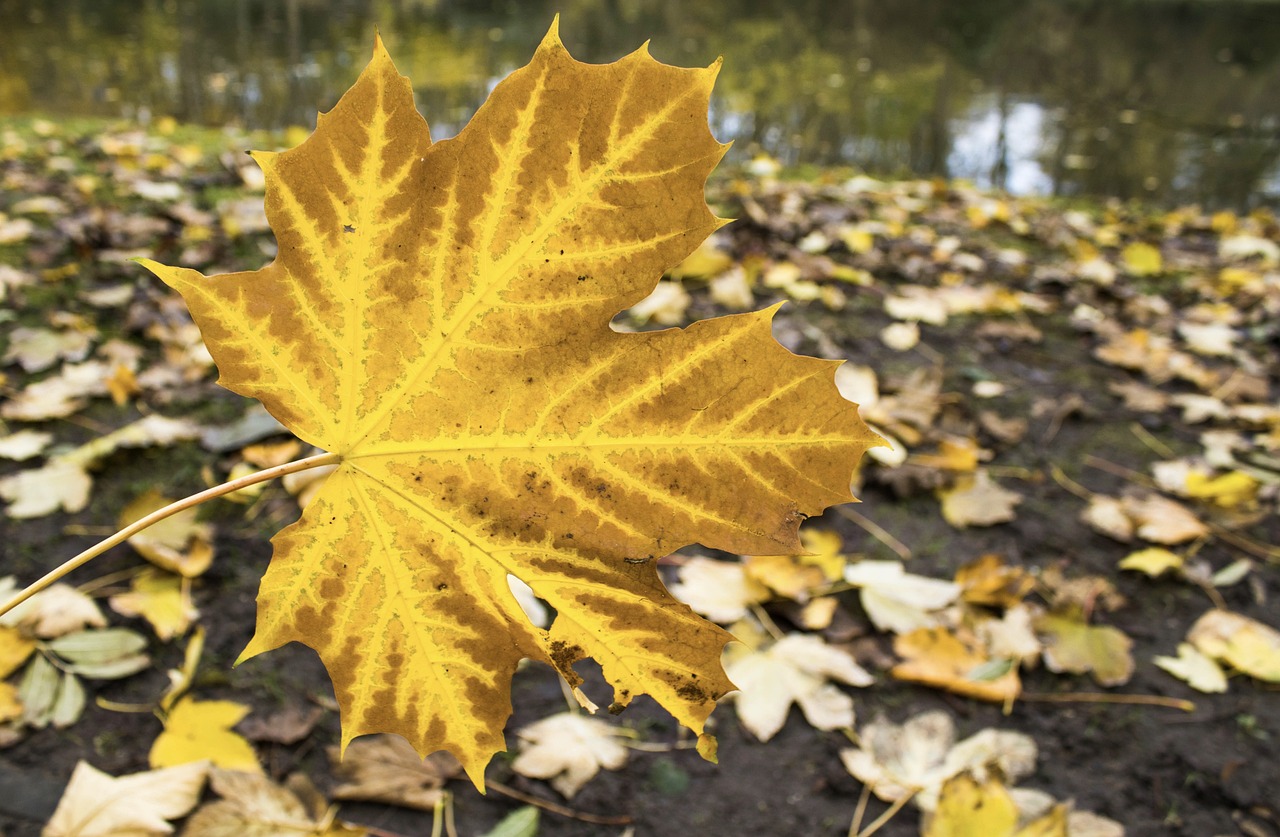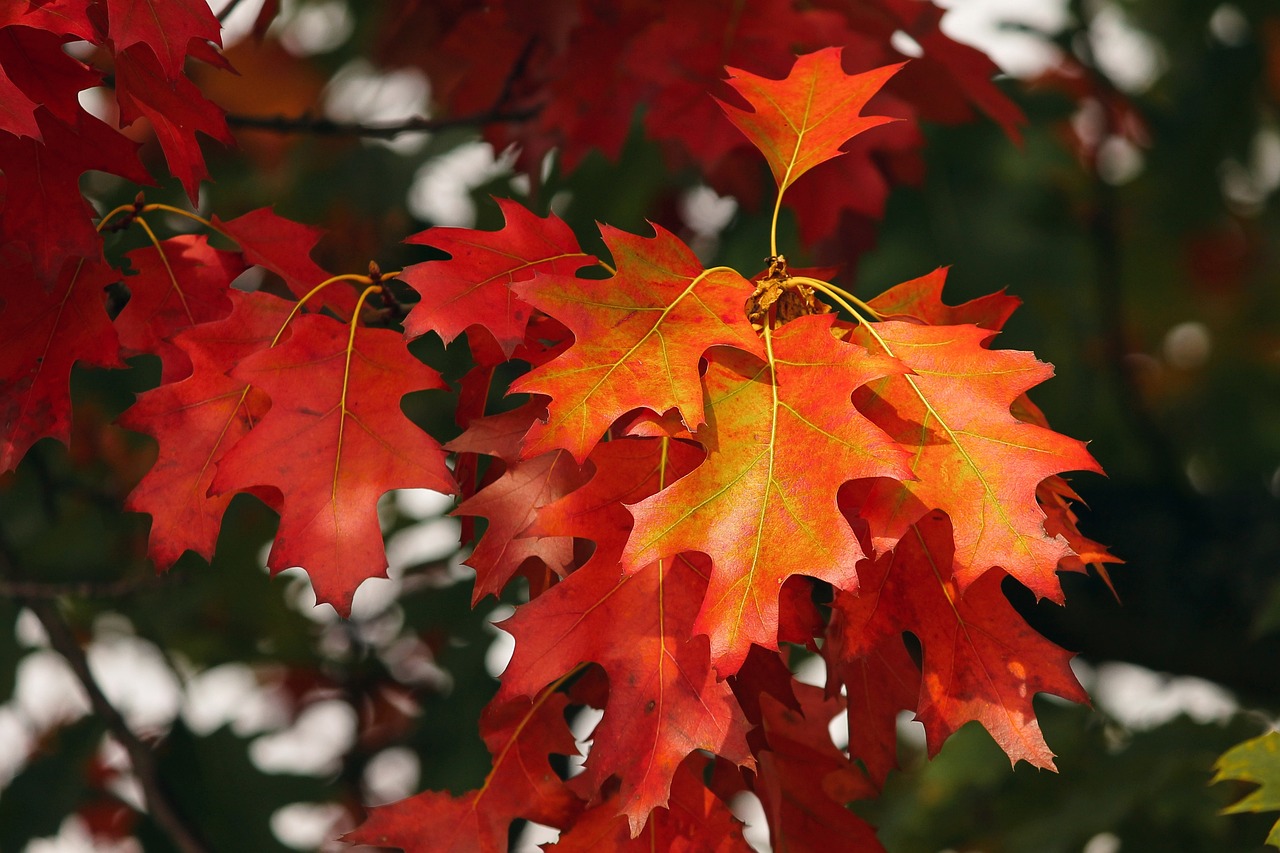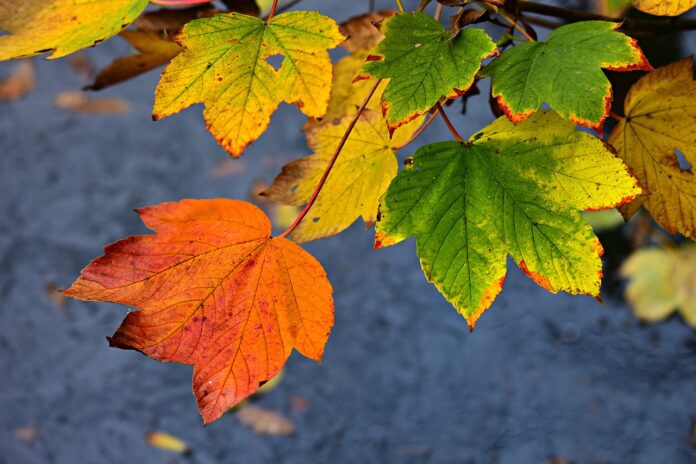The vibrant reds, oranges, and yellows of autumn leaves are a hallmark of the changing seasons, signaling the transition from summer to winter. But why do leaves change color in the fall? The answer lies in the complex interplay of chemicals within the leaves, environmental factors, and the natural life cycle of trees.
The Role of Chlorophyll
During spring and summer, leaves are green due to the presence of chlorophyll, a pigment critical for photosynthesis. Photosynthesis is the process by which plants use sunlight to convert carbon dioxide and water into glucose (a form of sugar), which they use for energy. Chlorophyll is constantly produced and broken down in the leaf, which gives it its vibrant green color.
In the fall, as the days grow shorter and temperatures drop, trees begin to prepare for winter. They stop producing chlorophyll because the process of photosynthesis slows down and eventually halts. As the chlorophyll breaks down and is not replaced, the green color fades, revealing pigments that were hidden during the summer months.
Leaves contain other pigments besides chlorophyll, and these pigments are responsible for the vivid colors of fall foliage. The three main types of pigments that influence leaf color are:
Carotenoids:
Carotenoids are always present in leaves but are usually masked by the dominant green of chlorophyll. These pigments produce yellow and orange colors, which are most prominently seen in species like birches, hickories, and aspen trees.
They play a role in capturing light energy for photosynthesis and protect leaves from excess light.
Anthocyanins:
Unlike carotenoids, anthocyanins are not always present in leaves. They are produced in the fall, and their production depends on several factors, including the amount of light and the temperature. Anthocyanins are responsible for the brilliant reds, purples, and crimson hues seen in maple, sumac, and oak leaves.
The exact reason why trees produce anthocyanins in the fall is still debated, but one theory suggests that it helps protect the leaves from excess sunlight, allowing trees to reabsorb nutrients more efficiently before the leaves are shed.
Tannins:
Tannins are responsible for the brown color seen in some leaves as they die. Oaks and other trees with tough, leathery leaves often display brown colors in the fall because of tannins, which are also found in bark and protect the plant from pests.
Evergreens Don’t Lose Their Leaves:
Evergreen trees, such as pines and spruces, keep their leaves (or needles) throughout the winter. Their leaves are adapted to conserve water and are covered in a waxy coating to protect them from cold temperatures and water loss.
